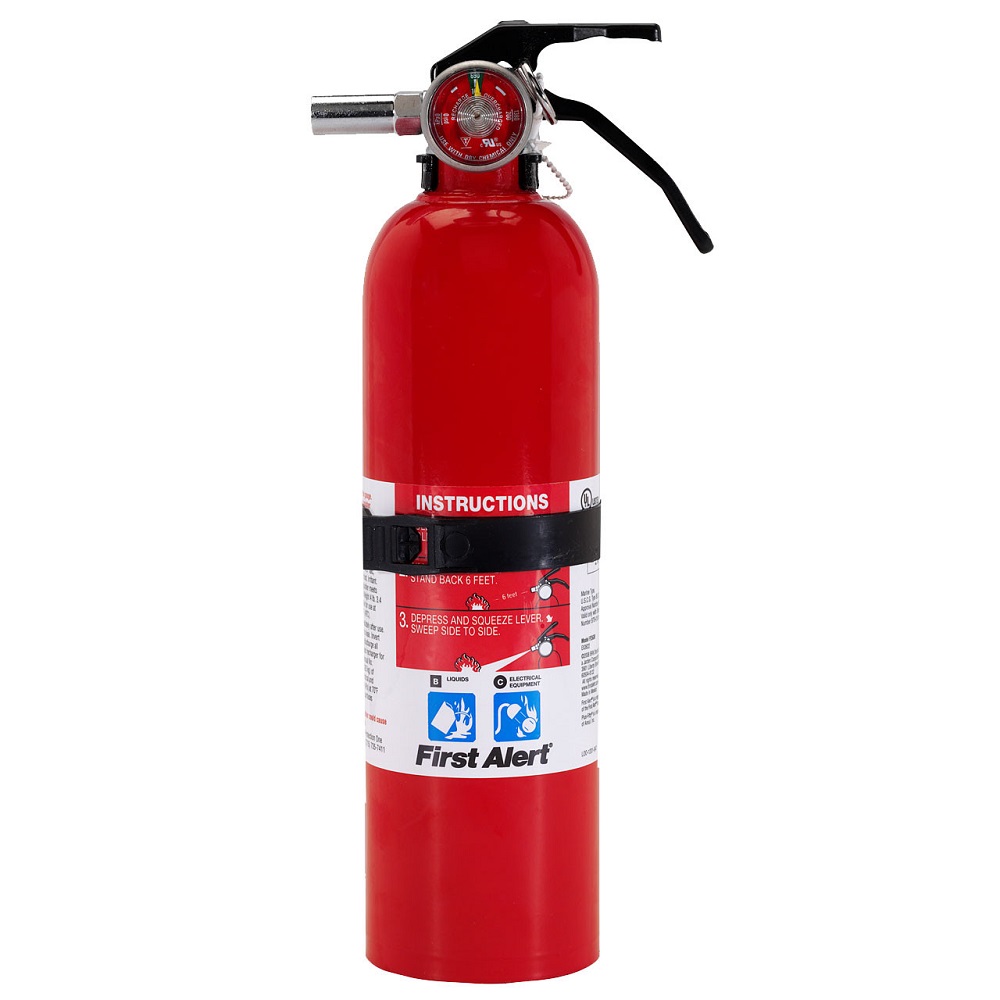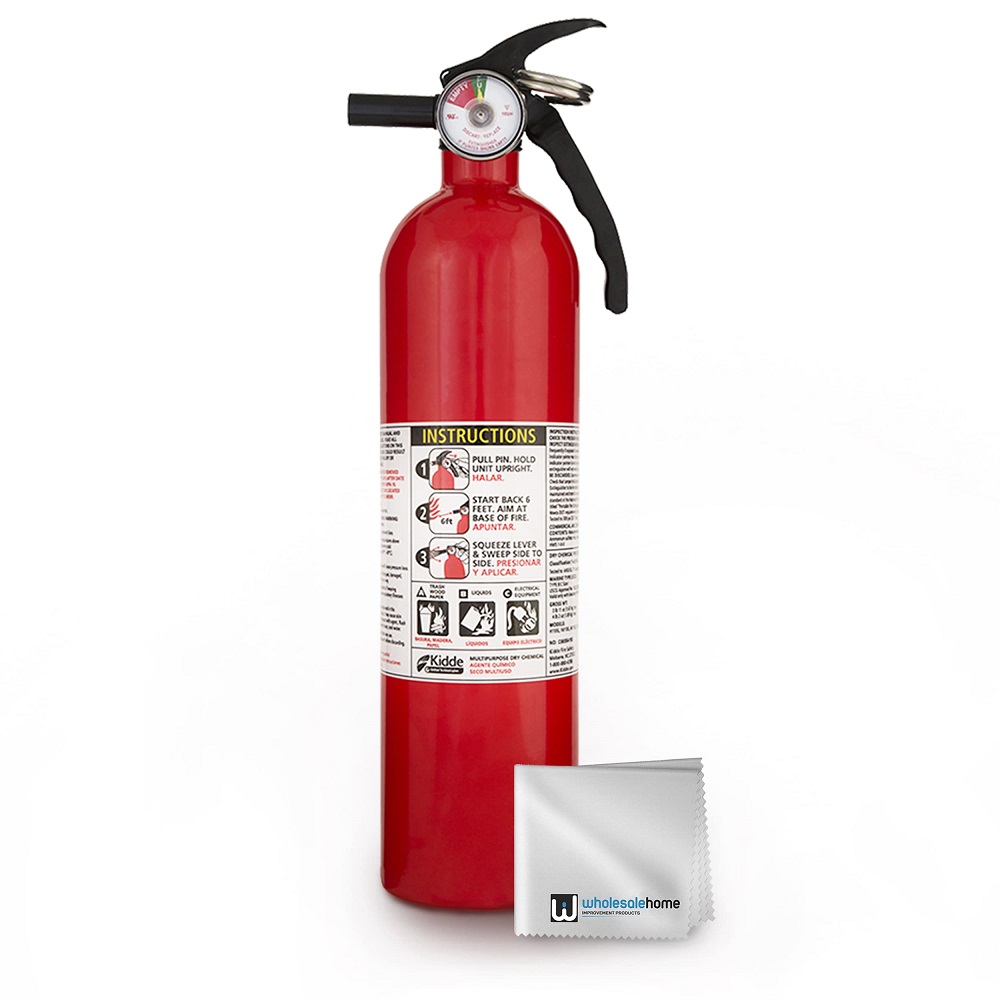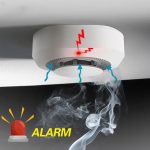Fires can happen unexpectedly, and the importance of having the right fire extinguisher at home cannot be overstated. Identifying the best fire extinguisher tailored to your family’s needs can be the difference between effectively extinguishing a small fire and facing disastrous consequences. In this comprehensive guide, we will explore the crucial factors to consider when choosing the best home fire extinguisher for your family’s safety, discuss the various types available, and outline their specific usage guidelines.
Understanding Fire Classes
What Are the Different Types of Fires?
To effectively choose the right fire extinguisher, it’s important to understand that not all fires are the same. Fires are classified into different categories, referred to as Classes. These include Class A (ordinary combustibles such as wood and paper), Class B (flammable liquids like gasoline), Class C (electrical fires), Class D (flammable metals), and Class K (cooking oils). Understanding the types of fires that could potentially occur in your home will help in selecting the appropriate extinguisher.
Why Fire Classes Matter
The necessity of knowing fire classes lies in the specific extinguishing agents used for each type of fire. For instance, using water on a Class B fire can exacerbate the situation. Hence, when dealing with flammable liquids, an extinguisher rated for Class B should be employed. Choosing the right fire extinguisher based on these classifications ensures safety and improves the likelihood of successfully containing a fire before it escalates.

Types of Fire Extinguishers
Water and Foam Fire Extinguishers
Water and foam extinguishers fall under Class A fire extinguishers and are primarily used for fires involving solid combustible materials. When water is used, it cools and extinguishes the fire by lowering the temperature below the ignition point. Foam extinguishers, on the other hand, create a blanket over the combustible material, cutting off oxygen supply. While effective for some scenarios, they should not be employed on Class B, C, or K fires, or those involving electrical equipment, as they could pose additional hazards.
Dry Powder Fire Extinguishers
Dry powder extinguishers are versatile and effective against Class A, B, and C fires. They work by smothering the fire and interrupting the chemical reaction that sustains it. This makes them suitable for use in multi-purpose scenarios, especially in households with a combination of electrical appliances and combustible materials. However, dry powder extinguishers can leave a residue that may be harmful to sensitive electronics, making them less ideal for spaces heavily populated by such devices.
CO2 Fire Extinguishers
Carbon dioxide (CO2) extinguishers are particularly effective against Class B and C fires. They operate by displacing oxygen around the fire, suffocating it. CO2 extinguishers are ideal for use in areas with sensitive equipment, like offices or computer rooms, because they leave no residue and are safe for electronic devices. However, care should be exercised when using them on Class A fires, as the cooling effect is minimal and can allow embers to reignite.
Wet Chemical Fire Extinguishers
Wet chemical extinguishers are specifically designed for Class K fires, which often occur in kitchens due to cooking oils and fats. They work by creating a barrier between the fire and the oxygen, as well as cooling the burning material. Using a wet chemical extinguisher is crucial in kitchen environments, ensuring that a small grease fire does not escalate into a major disaster. Homes with kitchens should consider having one of these extinguishers readily available.
Understanding Extinguisher Ratings
What Do Ratings Mean?
Fire extinguishers come with a label indicating their effectiveness against specific classes of fires. The rating system is crucial as it provides potential users with clear guidelines regarding the application of each extinguisher. For instance, an extinguisher rated “2A:10B:C” would indicate it effectively fights Class A fires equivalent to 2.5 gallons of water, Class B fires up to 10 square feet, and is safe to use on electrical fires.
Why the Rating System is Important
The rating system not only assists in quickly identifying which extinguisher is the most suitable for a particular scenario but also allows users to assess the extinguisher’s capacity. A higher numerical rating signifies increased effectiveness. Therefore, this quantifiable measure aids in informed decision-making regarding not only purchasing but also positioning extinguishers within the home.

Proper Placement of Fire Extinguishers
Where Should You Keep Fire Extinguishers?
One of the most critical aspects of fire safety at home is knowing where to place fire extinguishers. Strategic placement ensures that help is readily accessible in case of an emergency. Extinguishers should be placed on every level of the home as well as inside and outside each sleeping area. The kitchen is a particularly important location due to the higher probability of cooking-related fires. Moreover, each extinguisher should be mounted on a wall or stored in a way that allows quick access when needed.
Accessibility and Visibility
Fire extinguishers must not only be easily accessible but also visible. Ensure that extinguishers are not hindered by doors, furniture, or other obstacles. It’s advisable to mount extinguishers at a height convenient for all family members, typically between three to five feet above the ground. Furthermore, regularly inspecting the extinguishers and keeping them free from obstructions will ensure that they are in working order and can be employed effectively in the event of an emergency.
Maintenance of Fire Extinguishers
Routine Checking Procedures
Understanding the importance of regular maintenance for fire extinguishers is vital for ensuring they operate effectively when needed. Fire extinguishers should inspect monthly to check for visible signs of damage, the presence of pressure, and the condition of the nozzle. Additionally, many experts recommend servicing extinguishers at least once a year by a certified professional to maintain their efficacy.
When to Replace Fire Extinguishers
Replacement of fire extinguishers should be based on specific criteria that indicate a loss of effectiveness. Most manufacturers recommend replacing extinguishers after 5-15 years, depending on the type and whether it has use. Always refer to the manufacturer’s guidelines for specific advice. If the extinguisher has been discharged, even partially, it should be refilled or replaced immediately, as it may not have adequate capacity during an emergency.
Educating Your Family
Importance of Fire Safety Training
While having a fire extinguisher is essential, understanding how to use it effectively is even more critical. Educating all family members about fire safety can help prevent fires or mitigate their effects should they occur. Organizing regular fire drills can help familiarize everyone with the location of the extinguishers and teach them how to operate them using the PASS technique: Pull, Aim, Squeeze, and Sweep.
Creating a Family Fire Safety Plan
In addition to fire extinguisher training, creating a comprehensive fire safety plan can enhance your family’s preparedness. This involves establishing an escape route, defining safe meeting points outside the home, and discussing the importance of remaining calm in emergencies. Regularly reviewing and practicing this plan can instill confidence and readiness in the event of a fire, making it crucial for family safety.

Conclusion
Choosing the best home fire extinguisher for your family’s safety is a vital responsibility that necessitates a careful evaluation of your unique household needs. Understanding fire classes, extinguisher types, ratings, proper placement, maintenance, and educating your family is paramount. Adequate preparation not only mitigates risks but could potentially save lives and property. By informing yourself and taking action, you reinforce your family’s safety against unforeseen fire emergencies, cultivating an environment of preparedness and security within your home. Being proactive today could be the key to your safety tomorrow.


